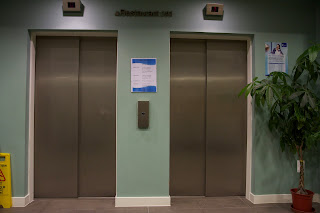Here's a link to some of the resources: http://photographylife.com/understanding-metering-modes
A DSLR will measure the light reflected from a scene (as opposed to the light falling on it) and this is known as a direct reading. Many cameras have three basic metering settings:
Evaluative (or matrix)
Centre-weighted
Spot
All of these can be adjusted in camera. My Canon camera uses TTL (through the lens) light metering that is impressively accurate. All the next images are ISO 800, 17mm lens...
Evaluative/pattern metering: 1/60, f4. The camera has evaluated the entire scene (divided into zones) and used a matrix to come up with the best possible exposure. I find this a great all-round metering mode - but it can be confused by extremes of light and dark.
Partial metering: 1/60, f4. This metering method covers about 9% of the centre of the viewfinder.
Spot metering: 1/60, f4. This allows very specific metering of a part of a scene - less than 4% of the viewfinder area.
Centre-weighted average metering: 1/50, f3.5. The scene is metered for the centre and then averaged out for the entire scene - a method of measuring light more common in older cameras.
The scene here has presented no problems for the camera - the light is fairly even and easy to measure. But nonetheless the last method has produced a different exposure.
Metering should reflect the image you wish to create.
Evaluative metering: a snowstorm. ISO 100, 20mm, 1/50, f8
Spot metering: a reading taken from the tree bark on the right - designed to retain texture and detail.
ISO 200, 50mm, 1/60, f1.8.
Another method is to measure the light itself, irrespective of the subject, and this is known as an incident light reading.
This is something I have begun to do more, although it is not always practical. A reading from an 18% grey card (top rectangle above) disregards the sort of local differences that can confuse the camera meter and often gives an excellent starting point for calculating exposure.














No comments:
Post a Comment